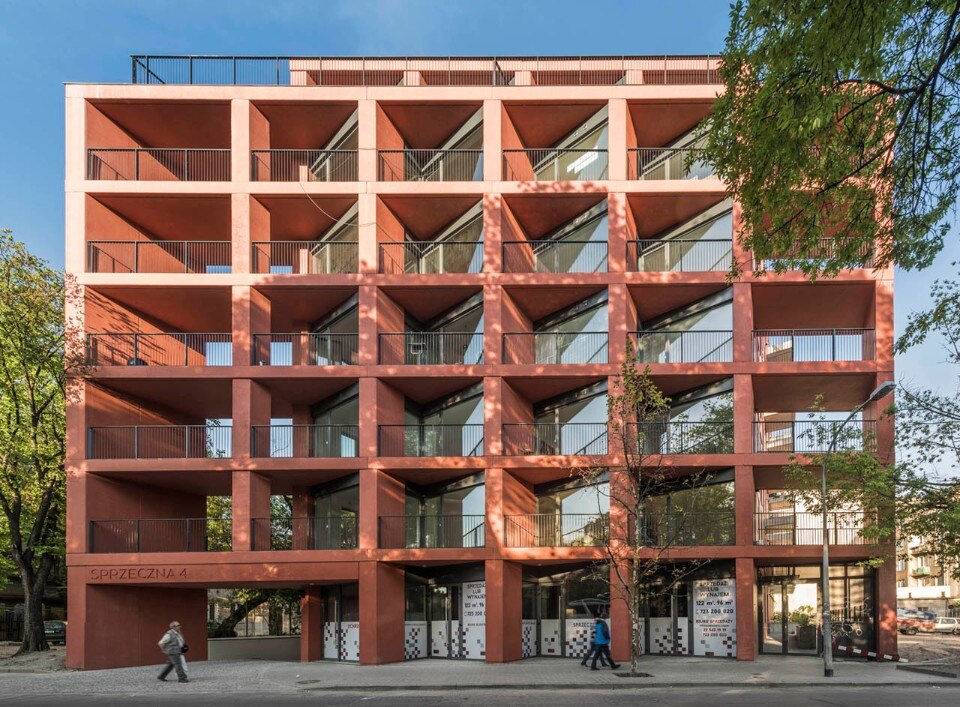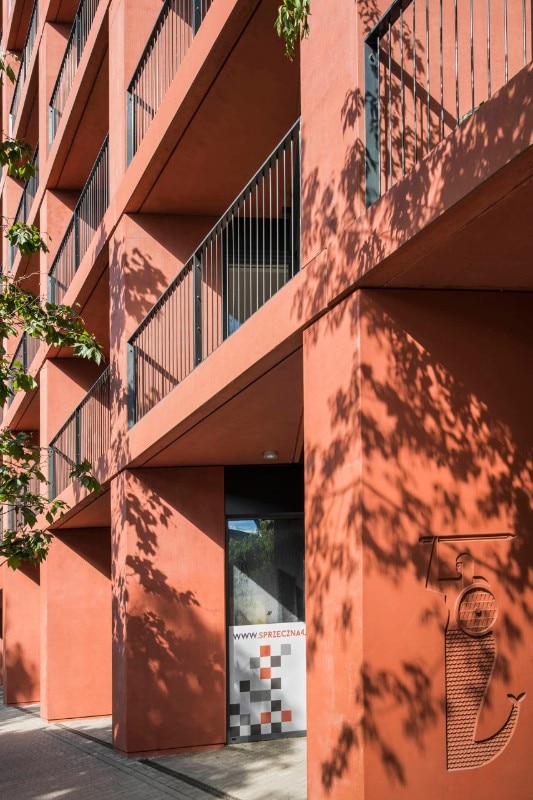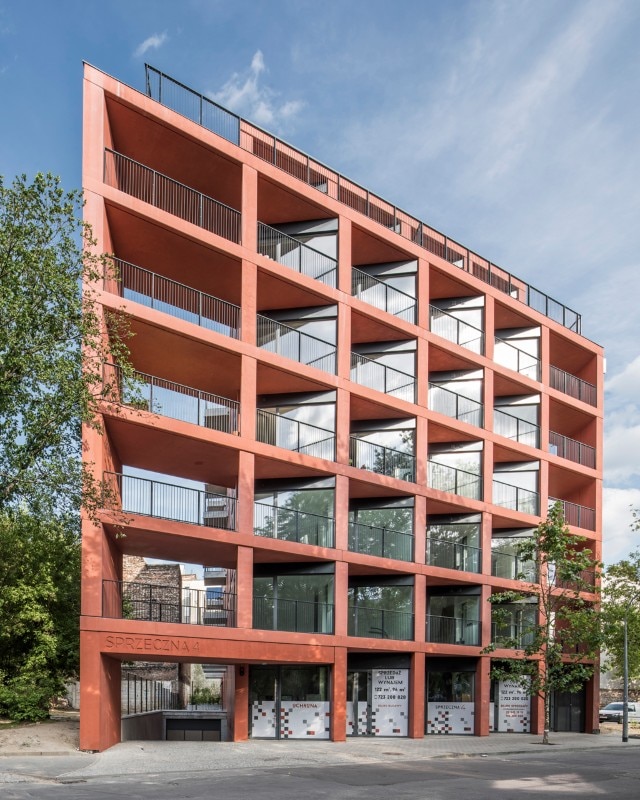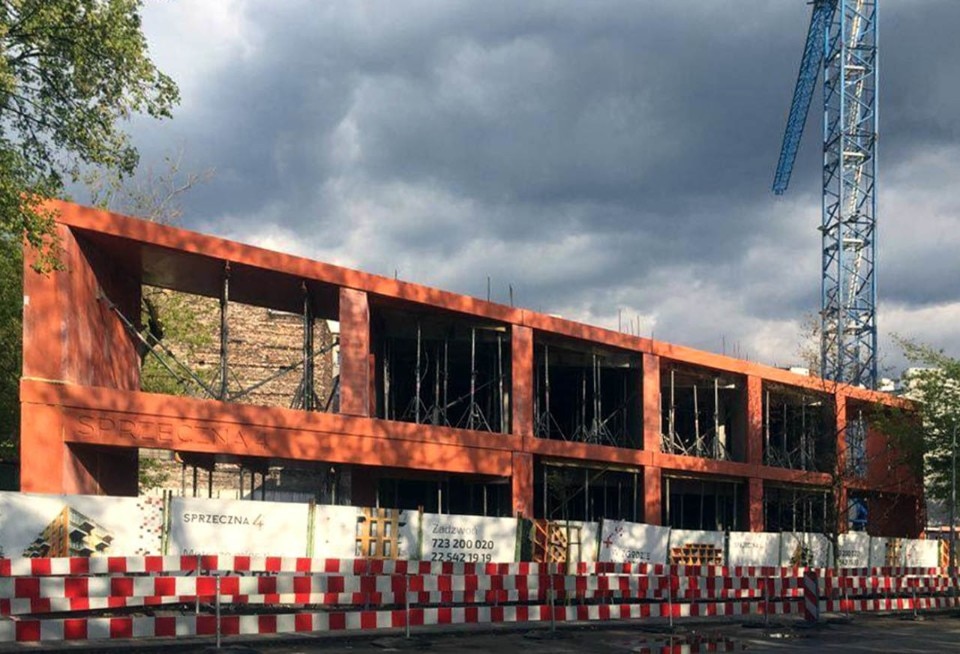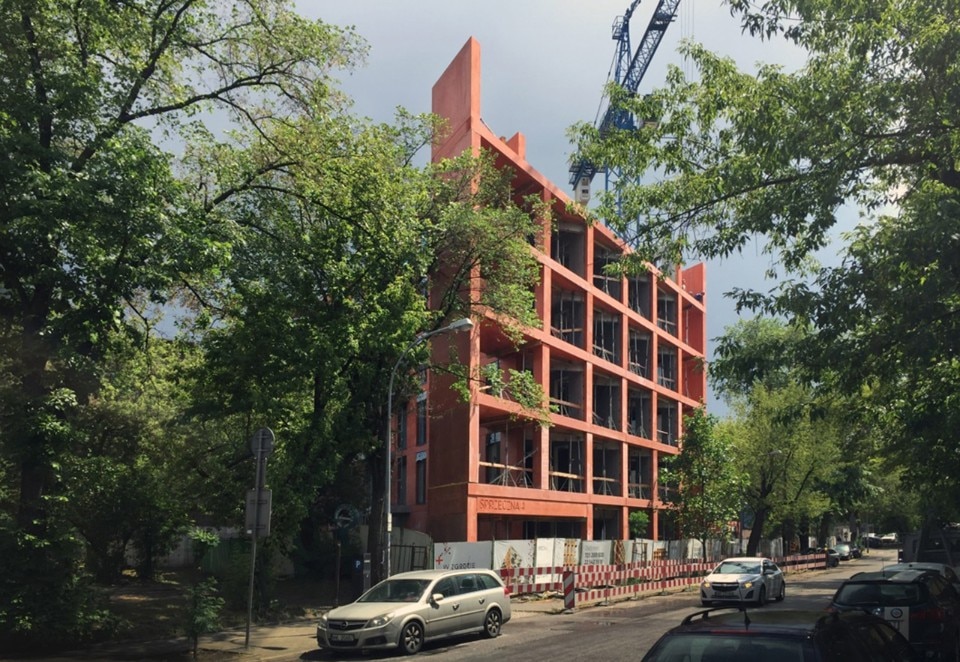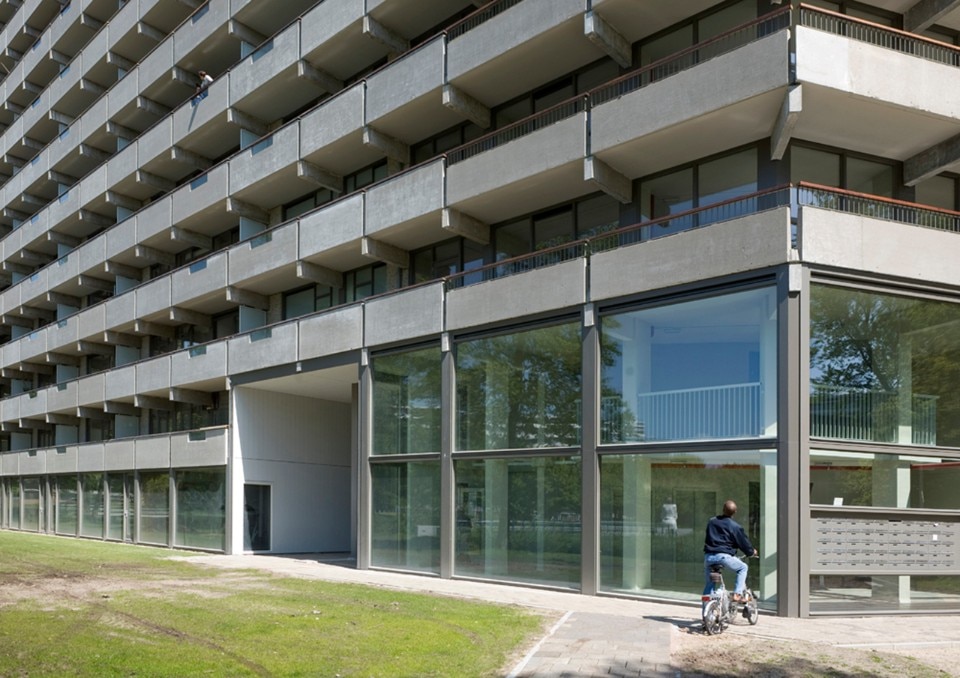In Central and Eastern Europe it is hard to imagine a city landscape without housing blocks. One of the concepts that comes to mind with these large housing units is prefabrication. It allowed to quickly satisfy, though only partially, the housing needs of post-war Europe, which — by adopting the Athenian Charter — declared its pursuit towards a healthy city: tall, sunny buildings immersed from greenery.
The destruction of war, severe lack of housing and terrible living conditions caused seeking an effective and radical tool that could change the fate of society. Prefabrication has become this tool. Itserved to fulfill the postulates and visions of the modernists (headed by Le Corbusier and his concept of "A house is a machine for living in").
The contemporary perception of this technology differs in various parts of Europe due to their history. In countries which after the war had to make a long way towards democracy, prefabrication is associated inherently with communism — a political system that was particularly conducive to its development.
Ideological utilization of prefabrication building a new society, a new lifestyle, system of beliefs, goals and aspirations, at the same time unified, controlled by the state, caused the reluctance and the abandonment of the technology development by the eastern countries after the collapse of communism.
The situation is different in Western Europe, where large-panel housing is not associated with the political system, but rather modernism and the attempt to solve the housing problem in fast-growing cities - prefabrication here is still eagerly used and liked.
Scandinavia can serve as an example, semi-finished products there are used in the construction of nearly 80% of all buildings due to the possibility of assembling the elements regardless of weather conditions. In this region the advantages and possibilities of prefabrication are not obscured by social and historical aspects.
A Pole can manage (not)
It used to be thought that every Pole is able to fix and do everything themself. Lack of social trust and lack of trust towards various institutions, professions and interpersonal relationships caused a situation in Polish construction, when the most popular methods do not require extensive knowledge and allow to perform some of the works single-handedly.
This situation is partly due to the lack of sufficient knowledge, distrust towards the executor and a distorted picture of prefabrication in the times of the PRL - the technology flourished because of this era and was associated with the reconstruction of war damage and housing deficit.
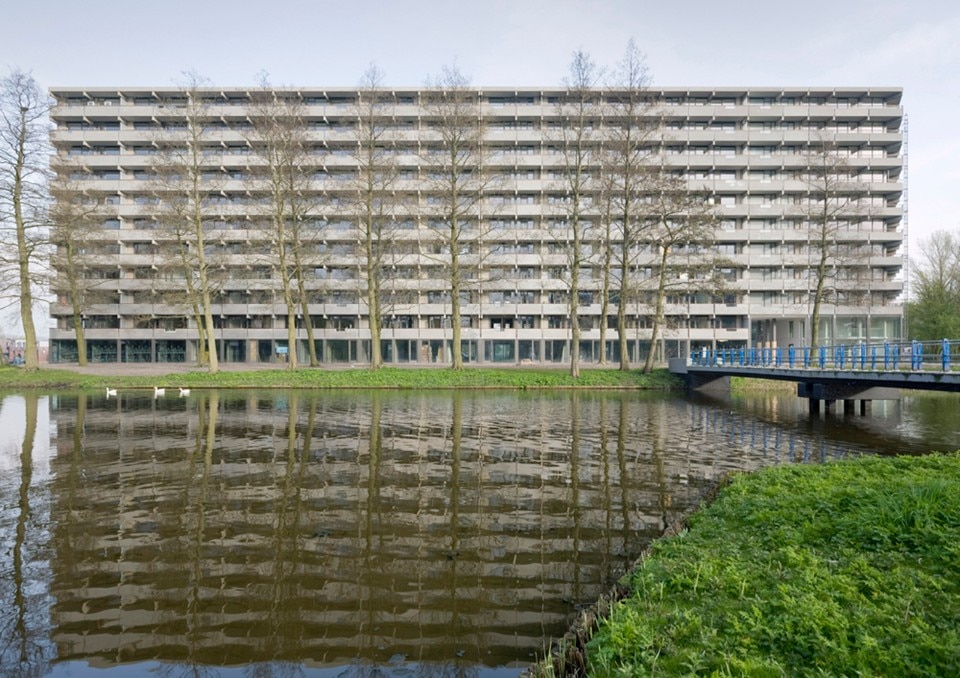
In Warsaw alone, 84 percent of left-bank city tissue was destroyed, so the need to solve the dramatic housing problem was enormous. It was from concrete and crushed brick from the remains of the damaged buildings, that the first prefabricated elements were made – reconditioned rubble-brick blocks, including Muranow blocks.
At the end of the 1960s, concrete semi-finished products were used to erect entire buildings - first built in closed systems (OWT-67, Domino, WUF-T, Dąbrowa 70, J. - Jelonki, Winogrady, Szczecin 1), which did not allow for internal arrangement, since all walls were load-bearing. With the advent of open systems (WT-70, Wk-70), buildings could be designed with a greater variety of plans and solutions,
However, bigger possibilities did not go hand in hand with construction quality. Lack of precision in connecting the elements, poor storage, lack of qualified employees and sense of responsibility for the work done, as well as defects of the centrally planned economy meant that the buildings from that period were made carelessly and unprofessionally.
In Polish mentality those associations pursist until today, which is even more of a paradox, considering that in Poland 65 percent of residential buildings are built in prefabrication technology (30% in closed systems, 35% - open). There are 12 million inhabitants in 4 million dwellings, which is about 1/3 of the country's population!
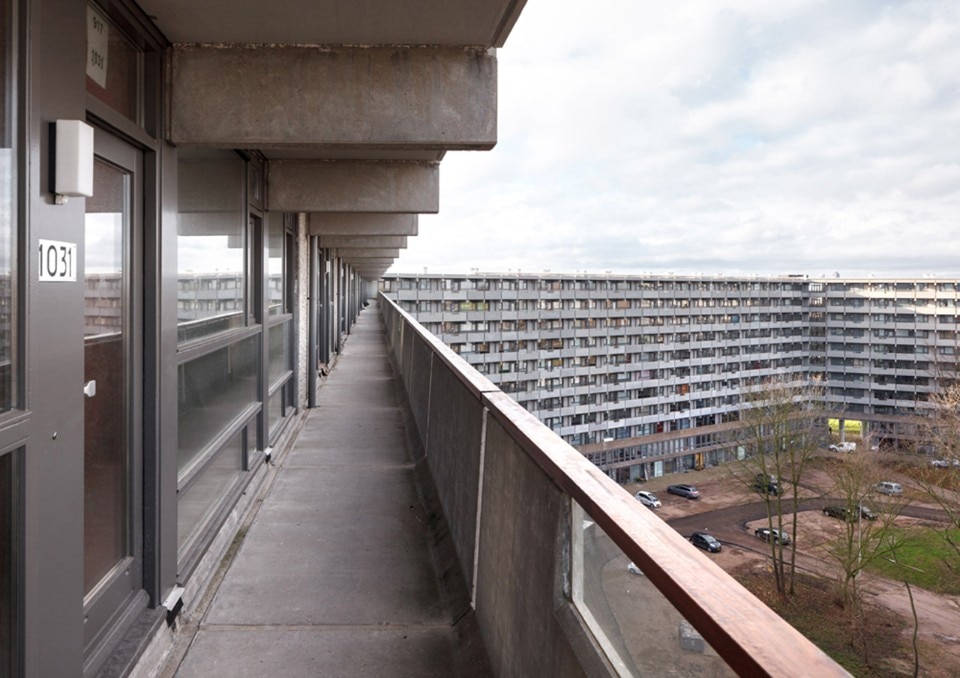
Nowadays, the Poles' distrust of and lack of knowledge about prefabrication cause that there are no specialists who know how to build in this technology in the country on the Vistula River. This in turn means that despite the enormous potential to reduce construction costs, a single investment process in this technology is simply unprofitable.
This is confirmed by the numbers: between 2003-2017, less than one million new apartments were built in Poland (statistical data from the Central Statistical Office). It is only 1/4 of flats on large-panel housing estates. It is worth noting that for 77 494 new residential buildings within 15 years, only 348 (0.4 per cent) were built using large-panel or large-block technology.
Let us live for 100 years
Due to the current shortage of flats in Europe, even premises in buildings in poor technical condition are very popular. At the same time it is oth to understand that, although the buildings from the big slab were to last for a maximum of 50 years, now the material's durability forecast 100 years! It is high time to think about what should be done to large estates - not only in Poland, but throughout Central and Eastern Europe, to make them meet modern standards.
A sing of changes in the perception of prefabrication in Central and Eastern Europe may be a multi-family building, Sprzeczna 4, which was commissioned by a factory producing prefabricated elements. The building is a demonstration, proving that the construction of prefabricated elements can be varied, original, interesting and unexpected. Sprzeczna 4 tries to break with the myth of the large panel and become a kind of signpost towards the future, in which prefabrication is a valued and equal building method.
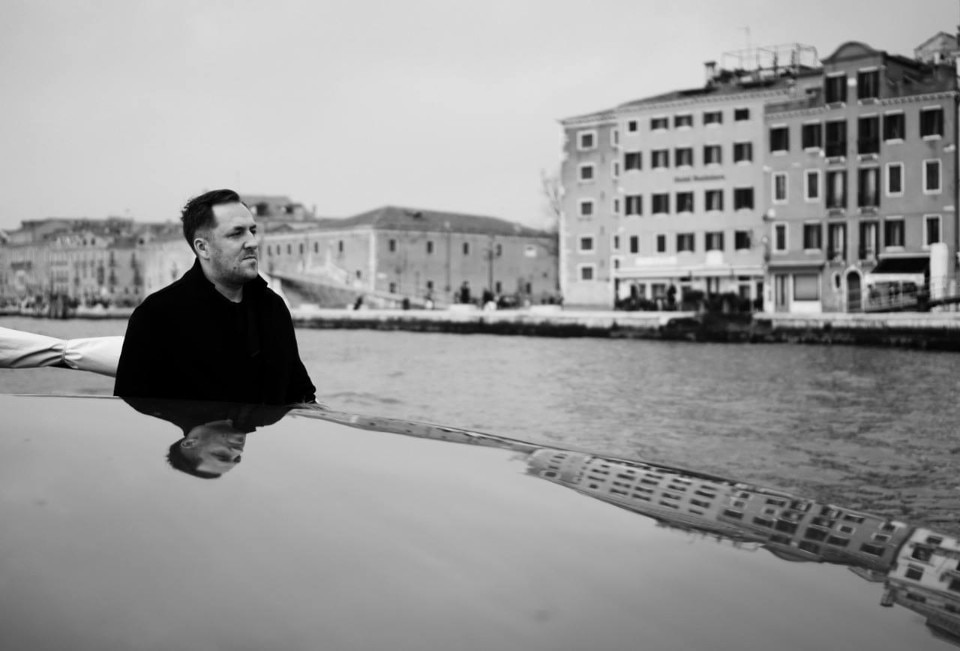
The importance of the problem was highlighted during Mies van der Rohe 2017 Award, when the main prize went to NL Architects and XVW Architectuur for the modernization of Kleiburg in Amsterdam. Humanization of housing estates, transformations of flats, urban layout and architecture as well as space of housing complexes are the directions of activities aimed at using the potential of existing buildings and protecting them from being degraded.
Extension and completion of buildings, demolition of entire floors, construction of terraces on roofs, extension of external elevators, loggias and balconies are just some of the available options. It is worth devoting more attention to them, because prefabrication nowadays can solve various housing problems, this time helping to avoid mistakes made by modernist pioneers.
Marcin Szczelina - architecture critic and curator, independent expert of Mies van der Rohe Award. Living in Warsaw.
- Project:
- Sprzeczna 4
- Location:
- Warsaw, Poland
- Program:
- multi-family building
- Architect:
- BBGK Architekci
- Area:
- 741 smq
- Completion:
- 2017
- Project:
- DeFlat Kleiburg
- Location:
- Amsterdam
- Program:
- renovation of a residential complex
- Architects:
- NL Architects
- Area:
- 6.600 smq
- COmpletion:
- 2016


